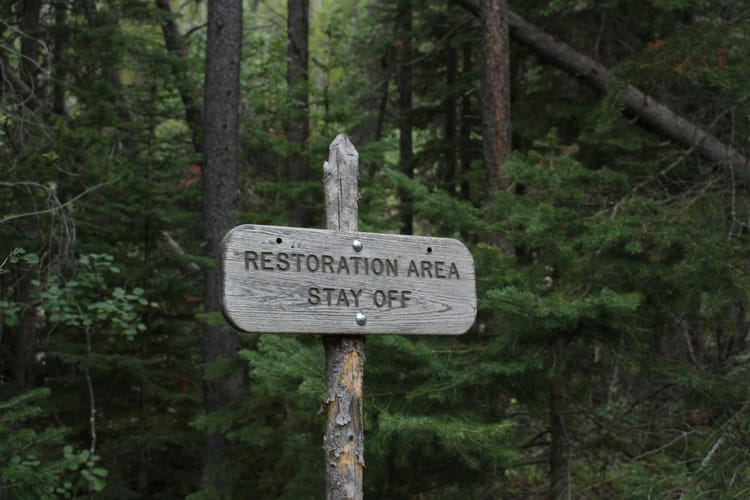Less than half of sustainability reports are CSRD-compliant

With just a few days to go before the Corporate Sustainability Reporting Directive (CSRD) officially enters into force on January 1, new analysis shows that more than half of companies are yet to align sustainability disclosures with regulatory standards.
Climate disclosures are more disparate than social or governance reporting, despite being the area with the most regulatory consensus, according to Nasdaq’s State of Sustainability and ESG 2023: only 44% of companies provided disclosures aligned to climate reporting standards this year.
The study analysed the sustainability reports of 7,200 companies across 75 countries to determine their alignment with common metrics required by CSRD, the International Sustainability Standards Board (ISSB) and even the proposed SEC climate disclosure rule.
European firms lag on governance reporting
The most commonly missing disclosures are around board oversight of climate targets, Scope 1 and 2 emissions and processes to integrate climate into enterprise risk management – with significant regional differences. For example, emissions metrics are disclosed by most European companies, but less than half of their North American counterparts.
Meanwhile, European firms lag on climate governance reporting: 30% to 40% are not disclosing board oversight of climate targets, climate integration into enterprise risk management processes, and the process to inform the board on climate, and only 15% are reporting on their internal carbon price.
(Check out how SAP is using an internal carbon price to finance sustainability initiatives.)
With the first CSRD reports due in early 2025 for large companies, it looks like sustainability teams will have a busy 2024 gathering missing data.
Social disclosures are the most disclosed metrics across all regions, but few companies disclose their employee turnover rate – with similarly low reporting percentages around the world.
Healthcare and technology firms behind the curve
Among the sectors analysed, 65% of utilities and 58% energy firms are providing climate disclosures – more than any other industry. However, more than a third of companies across these two sectors have yet to disclose board oversight of climate targets, scope 2 emissions, and climate enterprise risk management integration, warns the report.
Technology and healthcare, on the other hand, are clearly lagging behind, with only 39% and 25% of companies respectively providing climate disclosures.
“While the house is yet to be built, we think 2023 will go down as the year that the disclosure blueprint was drafted. While some of these standards are (or plan to be) phased in depending on company size, performing a regulatory disclosure gap analysis against the key regulatory standards is one way for companies to prepare,” Nasdaq suggests, naming CSRD, ISSB S1 and S2 and the SEC’s proposed rules as the main standards to follow.
Read also: How to navigate the changing world of sustainability standards







Member discussion